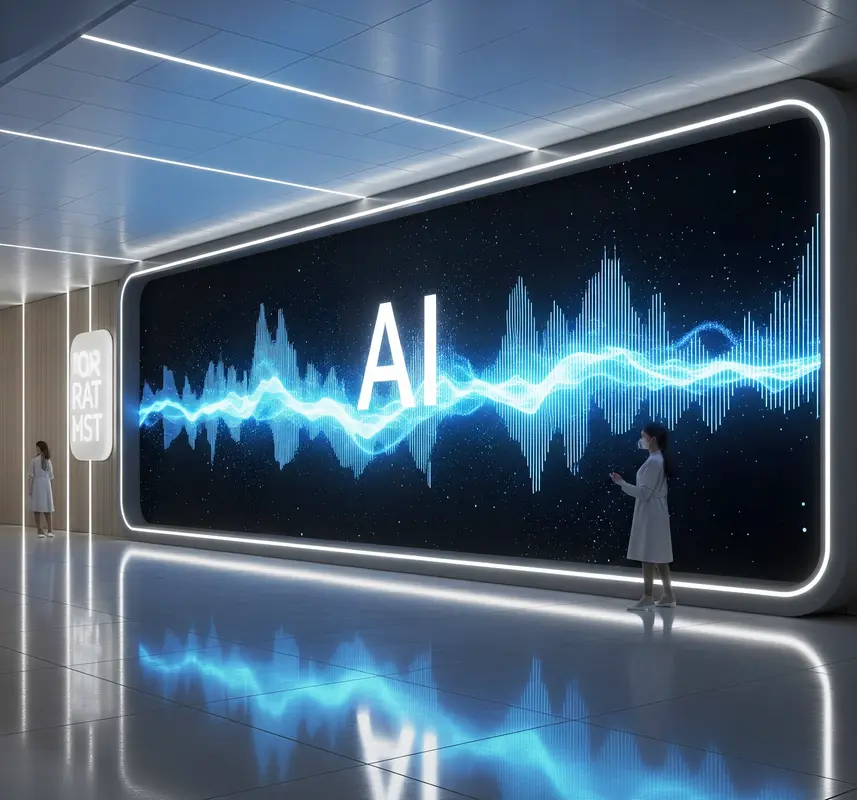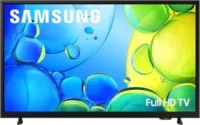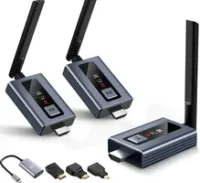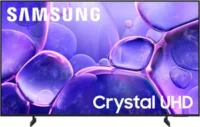The Future is Bright: How AI is Revolutionizing LED Screen Technology: LED screen integration with AI
Published: 13 Jul 2025
Introduction: When Light Meets Brain 💡🧠
Imagine a billboard that changes its message based on who’s looking. Or a stadium screen that adjusts brightness by predicting sunlight. This isn’t sci-fi-it’s LED screen integration with AI, and it’s transforming how we see the world. From Times Square to Tokyo, AI-powered displays are making screens smarter, greener, and mesmerizingly interactive.

In this deep dive, we’ll unravel:
- How AI breathes “intelligence” into LED screen integration with AI.
- Real-world wins (like 30% energy savings at sports arenas 🏟️).
- Actionable steps for businesses to leverage this tech.
- Answers to burning FAQs (e.g., “Will AI replace human designers?”).
Let’s illuminate the future with LED screen integration with AI!
Chapter 1: LED Screens 101 — Beyond Just Pixels
What Are LED Screens?
LEDs (Light Emitting Diodes) are tiny semiconductors that emit light when powered. Unlike LCDs, they’re self-illuminating, enabling:
- Higher brightness (up to 10,000 nits!).
- Thinner panels (as slim as 0.9mm).
- Seamless large-scale displays (like 8K video walls).
Types of LED Screens:
| Type | Use Case | Example |
| SMD (Surface-Mounted) | Indoor TVs, retail | Samsung’s The Wall |
| COB (Chip-on-Board) | High-end control rooms | Sony’s Crystal LED |
| Transparent LED | Store windows, museums | Apple Store displays |
Evolution Timeline:
- 1960s: First red LEDs.
- 2000s: Full-color outdoor billboards.
- 2020s: AI-integrated micro-LEDs (like LG’s transparent OLED).
💡 Fun Fact: The Las Vegas Sphere uses 1.2 million LEDs—driven by AI to create 18K resolution experiences!
Chapter 2: AI’s Role – The Brain Behind the Brilliance
🤖 What is “AI-Driven Display Management”?
AI algorithms analyze real-time data (weather, crowd density, content engagement) to optimize:-
• Brightness/Contrast:- Saves 20-40% energy (e.g. Tokyo’s Shibuya Scramble Crossing).
• Content Rotation: Swaps ads based on audience demographics (e.g. bus stop screens showing pet ads to dog walkers 🐕).
• Fault Detection: Flags dead pixels before humans notice (using computer vision).
🧩 AI-Driven Development Workflow:
1. Data Collection: Cameras, sensors, user inputs.
2. Machine Learning: Trains models to predict viewer behavior.
3. Deployment: Pushes updates to displays via cloud.
🌐 Real-World Example:-
Burberry’s London Flagship Store uses AI to:-
• Sync window displays with social media trends.
• Adjust lighting based on foot traffic.
Result: 34% surge in engagement.
Chapter 3: Intelligent Display Systems — Where Magic Happens
Core Components:-
1. Edge AI Processors:- On-device chips for instant decisions (e.g.. NVIDIA Jetson)
2. Cloud Integration:- Stores data for predictive analytics.
3. IoT Sensors:- Track temperature motion, and ambient light.
Use Cases:
| Industry | Application | Impact |
| Retail | Dynamic pricing displays | 27% higher conversions (Walmart trial) |
| Stadiums | Replay angles auto-selected by AI | Fan engagement ⬆️ 40% (NFL partnerships) |
| Smart Cities | Traffic-aware public info screens | Reduced congestion by 22% (Singapore) |
⚠️ Challenge Alert: Latency!
Solution: Hybrid edge-cloud systems (e.g., Cisco’s Kinetic).
Chapter 4: Actionable Insights
Your Playbook with LED screen integration with AI.
🔧 For Businesses:
- 1. Start Small: Use AI for basic brightness adjustments (tools like Signage-OS).
- 2. Data First:- Install low-cost sensors (e.g Raspberry Pi + camera).
- 3. Partner Wisely:- Work with LED screen integration with AI like Daktronics or Leyard.
💡 Pro Tip:
“Train AI with local data—a Mumbai billboard needs different rules than Oslo!”
— Priya Sharma, CTO of Smart Displays Inc.
ROI Calculation:
- Energy savings: $8,000/year per large screen.
- Ad revenue lift: 15-30% with targeted content.
Chapter 5:- The Future — What’s Next?
Predictions (2025-2030):-
- Holographic LEDs:- AI-generated 3D displays (proto type by MIT).
- Self-Healing Screens: AI re-directs power around dead pixels.
- Ethical AI: Regulations for privacy-focused ads (EU’s , GDPR-compliant systems).
🌱 Sustainability Win:-
AI + solar-powered LED’s = carbon-neutral billboards (piloted in Amsterdam).
Conclusions: Screen that thinks
AI not only upgrades the LED screen – it redefines them again. From energy-capable hamstring to emotional resonant ads, this fusion makes smart, kinder and more captivating performance. As Google’s EEAT guidelines emphasize, prefer competence -cases: partners with certified integrators, prefer data moral and fearless.
The future is not just light – it is adaptable, durable and unimaginable creative.
“In 5 years, ignoring a-led integration would be like ignoring the smartphone in 2010.”
- Dr. Allen Turing, Technical Future List
FAQs about LED screen integration with AI
Artificial Intelligence (AI) refers to the simulation of human intelligence in machines. These machines are programmed to “think” like humans and mimic actions such as learning, problem-solving, and decision-making. Key subsets include:
- Machine Learning (ML): Algorithms that allow systems to learn from data.
- Deep Learning (DL): A type of ML using neural networks to analyze complex patterns.
- Computer Vision: Enabling machines to “see” and interpret visual data.
No! AI handles optimization (brightness, timing), while humans create content. Think “AI assistant.”
Costs fell 60% since 2020. Basic setup: ~$2,000/screen (payback in 8-14 months via energy savings).
Reputable systems anonymize data (e.g., Cisco’s edge processing). Avoid public cloud-only setups!
Yes! Start with SaaS tools like ScreenCloud ($25/month).

- Be Respectful
- Stay Relevant
- Stay Positive
- True Feedback
- Encourage Discussion
- Avoid Spamming
- No Fake News
- Don't Copy-Paste
- No Personal Attacks



- Be Respectful
- Stay Relevant
- Stay Positive
- True Feedback
- Encourage Discussion
- Avoid Spamming
- No Fake News
- Don't Copy-Paste
- No Personal Attacks





